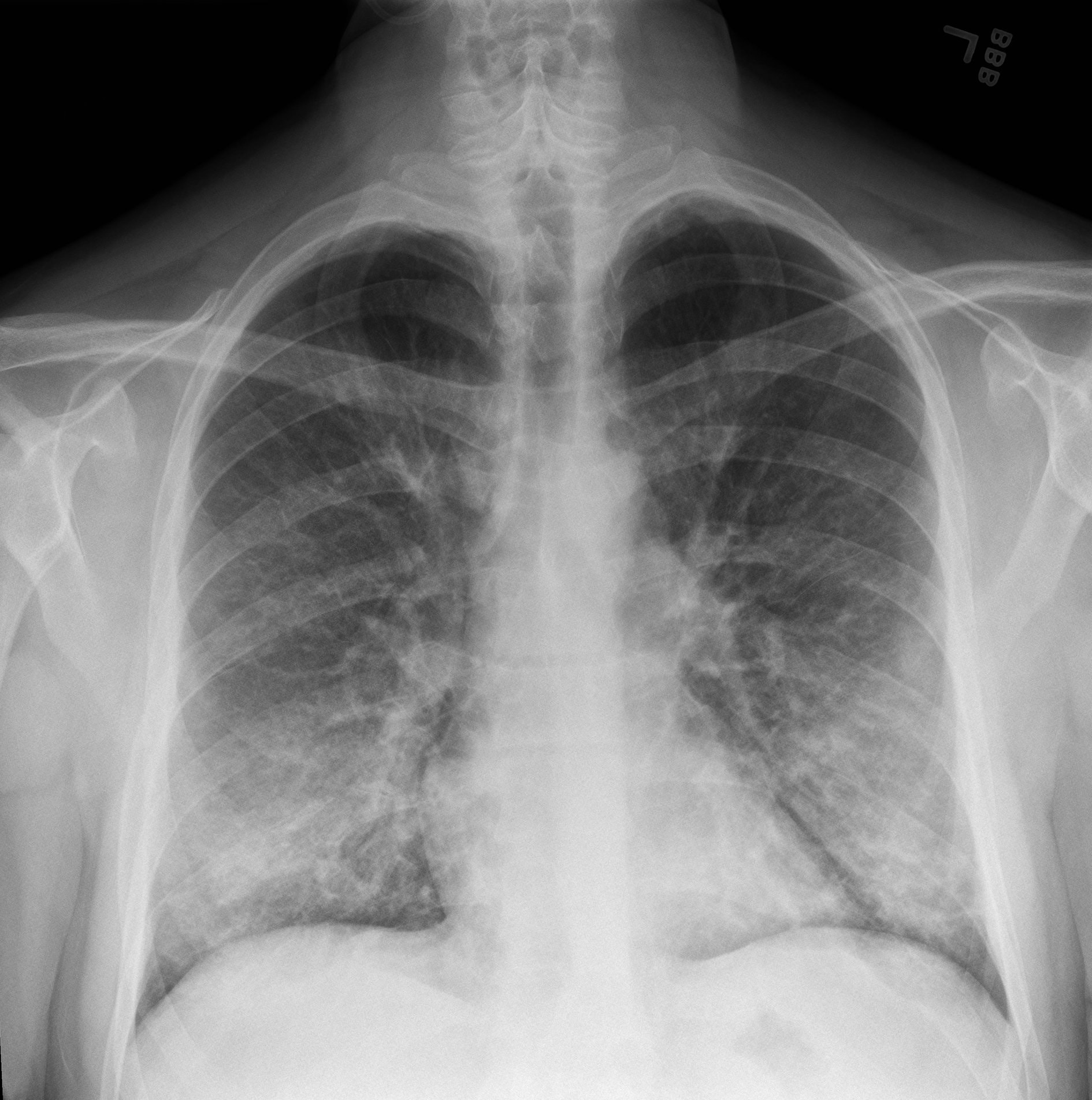An 18-year-old showed up in a Long Island emergency room, gasping for breath, vomiting and dizzy. When a doctor asked if the teenager had been vaping, he said no.
The patient’s older brother, a police officer, was suspicious. He rummaged through the youth’s room and found hidden vials of marijuana for vaping.
“I don’t know where he purchased it. He doesn’t know,” said Dr. Melodi Pirzada, chief pediatric pulmonologist at NYU Winthrop Hospital in Mineola, N.Y., who treated the young man. “Luckily, he survived.”
Dr. Pirzada is one of the many physicians across the country treating patients — now totaling more than 215 — with mysterious and life-threatening vaping-related illnesses this summer. The outbreak is “becoming an epidemic,” she said. “Something is very wrong.”
Patients, mostly otherwise healthy and in their late teens and 20s, are showing up with severe shortness of breath, often after suffering for several days with vomiting, fever and fatigue. Some have wound up in the intensive care unit or on a ventilator for weeks. Treatment has been complicated by patients’ lack of knowledge — and sometimes outright denial — about the actual substances they might have used or inhaled.
Health investigators are now trying to determine whether a particular toxin or substance has sneaked into the supply of vaping products, whether some people reused cartridges containing contaminants, or whether the risk stems from a broader behavior, like heavy e-cigarette use, vaping marijuana or a combination.
On Friday, the Centers for Disease Control and Prevention issued a warning to teenagers and other consumers, telling them to stop buying bootleg and street cannabis and e-cigarette products, and to stop modifying devices to vape adulterated substances.
The illnesses have focused attention on a trend that has been overshadowed by the intense public concern about soaring teenage use of e-cigarettes, with its potential for hooking a new generation on nicotine: the rise of the vaping device itself. It has introduced a wholesale change in how people consume nicotine or marijuana, by inhaling vaporized ingredients.
Vaping works by heating liquid and turning it into steam to be inhaled. Broadly speaking, e-cigarettes are considered less harmful than traditional cigarettes, which work through the combustion of tobacco that sends thousands of chemicals, many carcinogenic, into the lungs.
But vaping has its own problems: Nicotine or THC, the high-inducing chemical in marijuana, is mixed with solvents that dissolve and deliver the drugs. The solvents, or oils, heat up during aerosolization to become vapor. But some oil droplets may be left over as the liquid cools back down, and inhaling those drops may cause breathing problems and lung inflammation.
“Inhaling oil into your lungs is extremely dangerous behavior that could result in death,” said Thomas Eissenberg, who studies vaping at Virginia Commonwealth University. “That is probably the biggest message we can get out of this.”
Many vaping ingredients are not listed on the products. Vitamin E oil appears to have been a common substance associated with the severe and sudden respiratory problems in some of the New York cases, according to state health officials. It is not known how it was used. Vitamin E is sometimes advertised as a supplement in cannabidiol oil, which is not designed for vaping but has been used that way.














